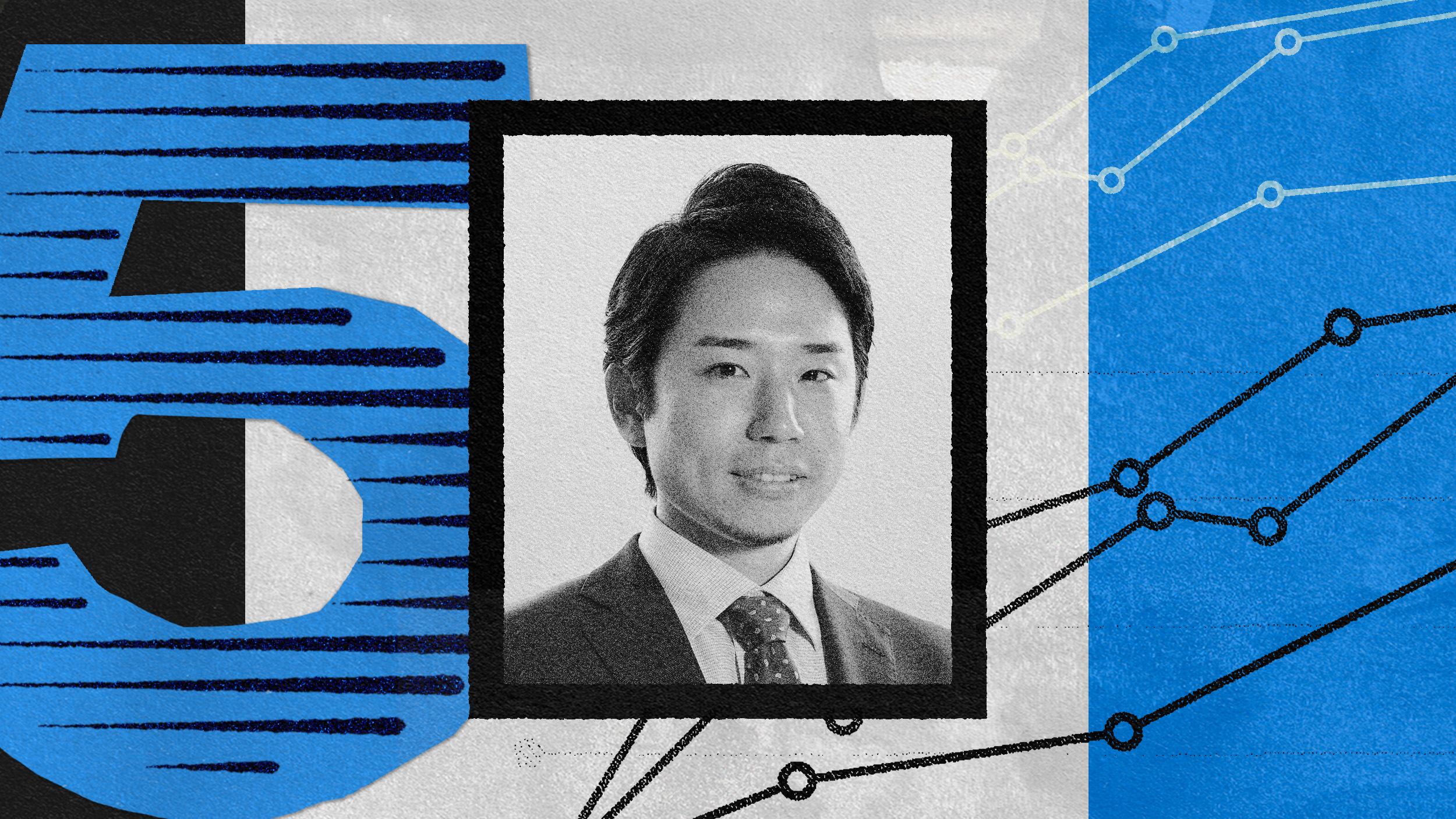Skill-building to the max: Why fluid “scaffolding” is essential

- Skill-building research shows that, with an expert’s help, we can take on a greater degree of challenge.
- When students tackle hard tasks with guidance, they learn more and build more confidence in the long run.
- “Scaffolding” describes the parsing out of challenge over time, in a manner that keeps learners engaged.
While we can go it alone when it comes to challenge, the research clearly shows that we often shouldn’t. As you get into a bit of hot water while trying to get better, you have to focus. Intently. And it’s often harder than we expect to maintain that focus and self-control in the right ways for the right amount of time to get better. With an expert’s help, we can take on more challenge and get more skill out of it.
This conclusion is central to the heap of rigorous research on how kids build skill. Early in the twentieth century, but in only the last few years of his short life, psychologist Lev Vygotsky introduced a powerful idea, which he called “a zone of proximal development.” Vygotsky spent many hours studying the effects of school instruction. He found that whatever the lesson—say reading—kids could do some things unaided, couldn’t do some things at all, but there was an interesting middle ground where they could do some tasks with guidance. He called this interesting middle a zone of proximal development and inspired generations of educational researchers to study how teachers could most effectively help kids enter this zone and get the most from it. Self-directed learning was all the rage back then—this was when Montessori and Waldorf-style schools surged in popularity—and he believed there was an important role for just the right kind of guidance on tasks.
The decades of research that followed tell a pretty straightforward tale: when students got the hardest tasks they could handle with guidance, they learned more and built more confidence in the long run than they did if they struggled on their own. Benjamin Bloom, an educational researcher at the University of Chicago, showed the world that when an average student got held to this standard via one-on-one tutoring, they improved to the 95th percentile of achievement. Getting there took starting with the basics—say how to hold a knife to chop produce and the best way to sear steak—and progressed to complicated tasks like making a sauce. In the late 1970s, educational researchers Jerome Bruner, David Wood, and Gail Ross coined the term scaffolding to describe this activity—the parsing out of challenge over time, in a manner that would keep learners engaged. Most any elementary school teacher has probably heard of scaffolding, but even if they haven’t, their curriculum and classroom experience is probably based on it. Their very first study in this domain—of three- to five-year-olds trying to assemble a block pyramid with a helping adult present—revealed several critical features of this activity that have stood the test of time.

An expert can help you take on more challenge and build more skill than you could without their help. But to do that, you’re stepping into task territory that’s significantly more difficult than you might otherwise be able to handle, so you’re at risk of feeling more incompetent, too. Hitting an 80-mph fastball instead of a 50-mph one. Making a soufflé instead of scrambled eggs. Facilitating an executive off-site, not a mid-level team meeting. The scaffolding research helps us see that experts can help you cope with related frustration in two ways: preemptively, by indicating the payoff of the coming struggle, and reactively, by reminding us how far we’re stretching. In the baseball example, the preemptive move might be “Want to play on the varsity team in high school? You have to be able to hit pitches at least this fast.” That gets the novice motivated. The reactive one—after a first hit that went nowhere—might be “Great. You can now officially hit a foul ball in the majors. Just keep making contact for a bit.” That reminds the novice their failure is actually also a success.
The scaffolder—the expert with more capability—has to understand each novice’s capabilities and goals, so they can tune their support appropriately.
To step away from matters of motivation and emotion, we also know that scaffolding only works well when both the expert and the novice have a solid, shared understanding of the goal. [Chef] Andre got a lot more out of his blood, sweat, and tears because he and his mentors were clear on the outcomes he was trying to produce. Smooth sauces. Sharp knives. Elegant plating. No one had to wonder. The opposite would be true for an administrative assistant in a publishing company who is trying to learn proposal review from an expert who’s never shared a great one. Shared clarity on outcomes is essential. What does success look like (and smell like, in the case of Andre)? We also know good scaffolding is highly individualized. Even for the same task in the same conditions, every learner is at a different point in their journey, has certain preferences and tendencies, is having a certain kind of day, and has differing potential life trajectories. For some prep cooks in Andre’s kitchen, filleting salmon is a necessary terror en route to working in pastry, while for others it’s what they’ve been waiting for. If he doesn’t understand this, Andre might overextend the first and bore the second. So, the scaffolder—the expert with more capability—has to understand each novice’s capabilities and goals, so they can tune their support appropriately.
But we have also learned that different situations call for different scaffolding approaches, regardless of the learner involved. For example, when the task is very well structured—where the next thing the learner is going to struggle with is usually the same— approaches to scaffolding can be, too. In school, this might be reading a passage of text or doing arithmetic. In carpentry, it might be hammering a nail or cutting a two-by-four on a table saw. The point is: the challenge and the goal aren’t going to vary much, so guidance can be more directive, focused, and closed- ended. When the task is very unstructured—creating a piece of art or learning to cooperate—scaffolders have to be ready to pivot in many directions. If someone is learning to cooperate, it might become evident that they’re struggling with giving feedback, structuring conversations with agendas, listening with empathy, or seeking input from everyone. The list of challenges is practically infinite, so guidance on how to engage with it needs to be less directive, fluid, and open-ended.
Scaffolding is temporary. If you’ve got an expert helping you struggle near the edge of your capacity, eventually it will get easier: you’ll have built skill.
Finally, just as the metaphor implies, scaffolding is temporary. If you’ve got an expert helping you struggle near the edge of your capacity, eventually it will get easier: you’ll have built skill. As this happens, the expert should back away and let the novice handle the challenges that they can and should handle for themselves. Allan Collins, John Seely Brown, and Susan Newman called this “fading” in their 1986 book on apprenticeship. Andre does this intuitively: he starts that eager filleter with skinning and deboning, and he stands by to watch for egregious errors and offer feedback. Copper river salmon’s not cheap, after all. But once she starts to get the hang of it, he challenges her to do it in smoother motions, fewer cuts, and with less waste. And he steps away. He’s letting the old scaffolding fade and bringing in new scaffolding for new challenges, and the prep chef takes on more and more responsibility for the work. This recipe extends to experts and novices everywhere.





